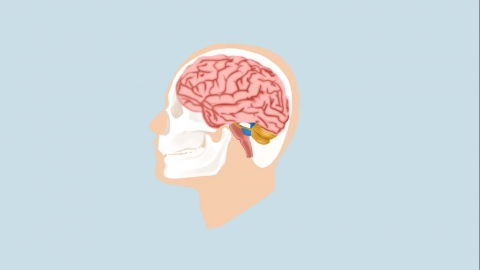Can lacunar cerebral infarction be cured?
Brain infarction, also known as cerebral infarction, may achieve clinical cure when the lesion is small, detected early, and treated properly; however, multiple lesions or lesions involving critical areas with delayed treatment make complete recovery difficult. If any abnormalities occur, timely medical attention is recommended. Detailed explanation is as follows:

For single lesions not located in important functional areas, early treatment such as improving circulation and controlling blood pressure and glucose levels can relieve symptoms, prevent new lesion formation, and enable patients to largely regain their daily living abilities, achieving a clinically curative effect. In such cases, neurological damage is relatively mild, and timely intervention can effectively control disease progression.
If multiple lesions are present or lesions recur and affect critical functional areas such as those responsible for movement or language, irreversible damage to nerve cells may occur, causing symptoms such as limb numbness and slurred speech. Even with treatment, persistent neurological deficits may remain, making full functional recovery unlikely, and the condition may easily recur.
Patients experiencing related symptoms should seek medical attention promptly, undergo imaging examinations to determine the lesion status, consistently manage underlying diseases, attend regular follow-up visits, and avoid risk factors such as smoking and alcohol consumption to reduce the risk of recurrence.







